The 26th
LaureateMusic
Arvo Pärt
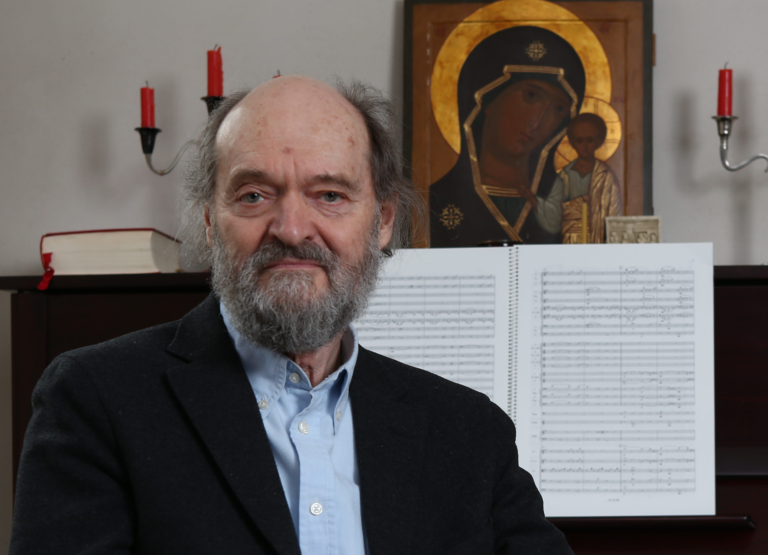
Estonian-born Arvo Pärt is widely considered to be one of the most unique voices in the world of music. He graduated in 1963 from the Tallinn State Conservatory and until 1968,despite the repressive Soviet regime that encompassed Estonia at the time,managed to study and experiment with what was regarded as Western contemporary avant-garde. He says at this point he felt stuck musically,so he entered a period of self imposed,creative exile where he studied intensively; Gregorian Chants,the Notre Dame School and Renaissance vocal polyphony. He emerged in 1976 with a piano piece,Für Alina,his first composition in his newly created tintinnabuli technique – a technique which blends two musical lines,the melodic voice and the triadic voice,into an organic whole,confirming the establishment of the new musical language. His intense,passionate compositions are admired by musicians from all genres and 2013 he was,for the third year in a row,the most performed contemporary composer in the world. In 2010,Pärt’s 75th birthday was celebrated throughout Estonia and near Tallinn,the capital of Estonia,the Arvo Pärt Centre was established to house his hand-written music scores and other important documents. He is the first Estonian recipient of the Praemium Imperiale.
Biography
Estonian-born Arvo Pärt is widely considered to be one of the most unique voices in the world of music. His intense,passionate compositions are admired by musicians of all genres and in 2013 he was,for the third year in a row,the most performed contemporary composer in the world.
He started learning the piano from a very early age but he found that he enjoyed composing more than practicing – some of his early compositions can still be found today but they are extremely different from the work he is generally associated with. In 1963,while working as a sound engineer for Estonian Radio,he graduated from the Tallinn State Conservatory (now known as the Estonian Academy of Music and Theatre) at the age of 27. At that time,Estonia was under the Soviet regime and,as such,western contemporary music and religious music were prohibited. Despite such draconian restrictions,he managed to get hold of some books on dodecaphony and western taped music and studied contemporary music by himself. He says,"Our interest was so big for anything that came through the barbed wire,almost anything ― both heart-balm and poison alike."
His experimental music based on dodecaphonic technique,drew criticism from the Soviet regime and left him too feeling stuck with no apparent way out. He decided,in order to break this deadlock,to "return to the origin of western music." So from the late 1960s,he entered a period of self imposed,creative exile where he studied intensively; Gregorian chants,the Notre Dame School and Renaissance vocal polyphony.
As a devout believer in the Russian Orthodox Church,he searched for "the beginning" of music,keeping away from complex contemporary music. Finally,in 1976 after "8 years' silence",he emerged with a small piano piece,Für Alina,his first composition in his newly created tintinnabuli (tintinnabulum – Latin for 'little bell') technique – a technique which blends two musical lines,the melodic voice and the triadic voice,into an organic whole,confirming the establishment of the new musical language.
Pärt has found great success with both his instrumental pieces,such as Tabula rasa (1977) and Spiegel im Spiegel (1978) and with the choral music that is so often inspired by liturgical texts,such as Passio (1982),Stabat Mater (1985),Miserere (1989),Kanon pokajanen (1997) and many others. His solemn music with almost hypnotic qualities is enjoyed in concert and in recording,in film and documentaries.
In 1980,Pärt and his family left Estonia,first for Vienna and then for Berlin. In 2010 when Pärt's 75th birthday was celebrated throughout Estonia,they returned to their homeland and near Tallinn,the capital of Estonia,the Arvo Pärt Centre was founded. The aim of the centre is to create opportunities for preserving and researching the creative heritage of the composer in his native land. The composer's personal archive houses many important documents connected to his life and work,including his hand-written music scores. Arvo Pärt is the first Estonian recipient of the Praemium Imperiale Award.
Chronology
Symphony No. 4 “Los Angeles”
Returned to Estonia
Founded Arvo Pärt Centre near Tallinn
-
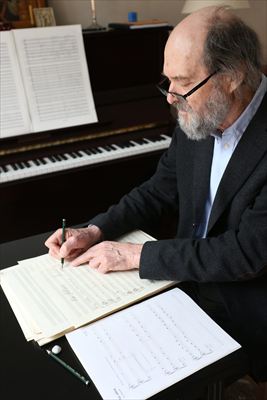
The Arvo Pärt Centre
-
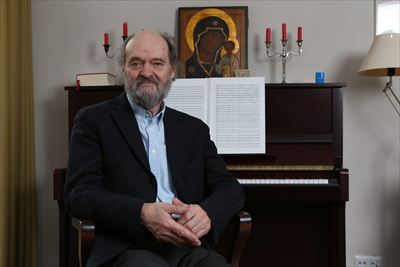
The Arvo Pärt Centre
-
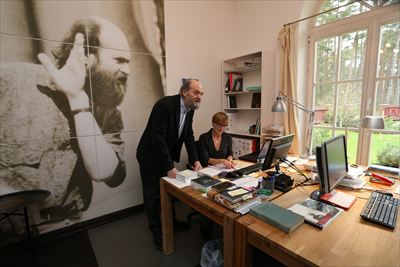
The Arvo Pärt Centre
-
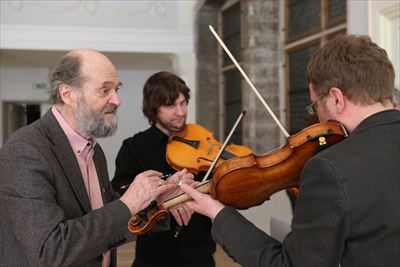
Rehearsal of the Tallinn Chamber Orchestra
-
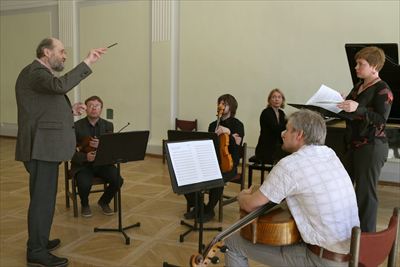
Rehearsal of the Tallinn Chamber Orchestra
-
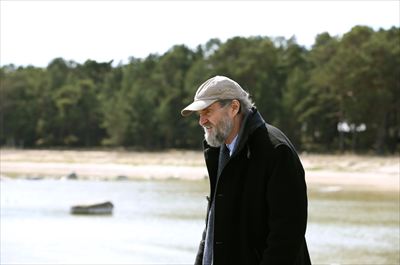
On the shore of the Baltic Sea

